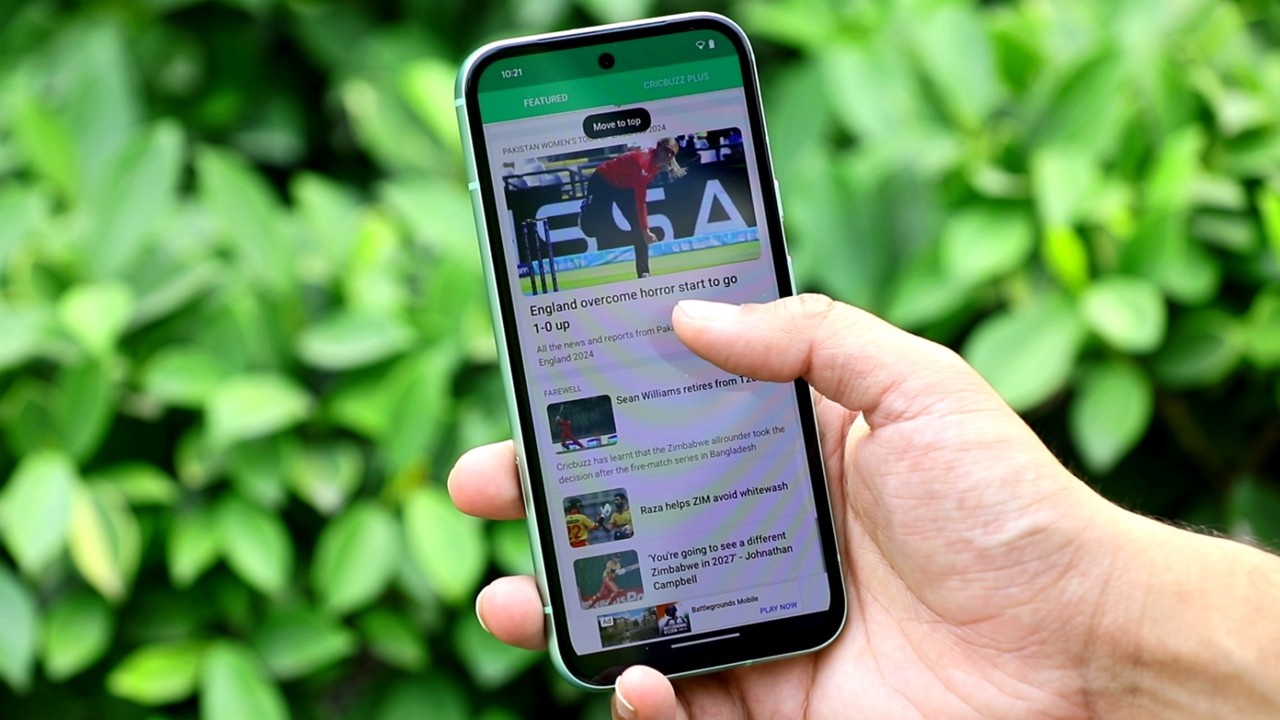
A hidden security vulnerability that could potentially allow unauthorized remote access to user data has been uncovered in some Android smartphones. This discovery has raised concerns among cybersecurity experts and led to a major intelligence contractor halting the use of these devices.
The Vulnerability Explained
The security firm iVerify identified the vulnerability in a pre-installed application called Showcase.apk. While typically dormant, this application can be activated and potentially expose devices to security risks. The app was found in certain Android phone models, including Google Pixel devices.
Designed for retail environments to demonstrate device features to customers, the Showcase.apk application can connect to a server via an unsecured "http" connection when activated. This leaves it vulnerable to interception by malicious actors, who could potentially execute code remotely, inject spyware, or gain access to sensitive data stored on the device.
Implications and Responses
The discovery of this vulnerability has prompted swift action from various stakeholders:
- Palantir Technologies, a data analysis platform vendor working with security-sensitive clients, has stopped using Android phones for its employees.
- Google has announced plans to remove the Showcase.apk application from all supported Pixel devices through an upcoming software update.
- Other Android device manufacturers will be notified of the issue.
Conflicting Views
There is disagreement between Google and iVerify regarding the nature and severity of the vulnerability:
- Google maintains that this is not an Android platform or Pixel vulnerability, stating that exploitation would require both physical access to the device and the user's password.
- iVerify researchers argue that this is indeed an Android vulnerability, expressing concern about the potential for cybercriminals to exploit the app's infrastructure.
Moving Forward
As the debate continues, users of affected Android devices are advised to stay alert for upcoming software updates. The incident highlights the ongoing challenges in maintaining mobile device security and the importance of prompt action when vulnerabilities are discovered.